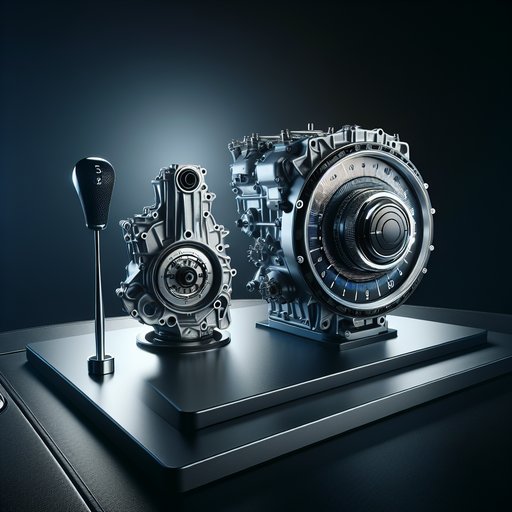
We spent a week back-to-back in the 2024 BMW M3 (6-speed manual, RWD) and M3 Competition xDrive (8-speed M Steptronic) to evaluate shift logic, launch behavior, rev-matching, and daily drivability in real-world conditions.
Both cars use BMW’s S58 3.0-liter twin-turbo inline-six. The standard M3 manual makes 473 hp and 406 lb-ft, driving the rear wheels via a 6-speed with a mechanical limited-slip diff. The M3 Competition xDrive pairs 503 hp and 479 lb-ft with the 8-speed M Steptronic and an active M xDrive system that can bias torque rearward or go 2WD with DSC off. Testing covered 500 miles of urban commuting, a 120-mile highway loop, and two canyon runs.
We also recorded acceleration on a prepped surface with a VBox at 68°F on Michelin Pilot Sport 4S tires (manual on 19/20-in stagger, Competition xDrive on identical spec). Fuel set to 93 octane; tire pressures set to 36/38 psi hot. Shift logic: the 8-speed’s Drivelogic is the benchmark for intelligence. In D1 it upshifts early and masks torque; D2/D3 holds gears longer and anticipates passes.
Switch to S/M mode and it will not upshift at redline in Drivelogic 3, executes crisp multi-gear downshifts, and pre-selects ratios before corners—impressively prescient on a fast B-road. The 6-speed’s action is medium-throw with a defined gate and a slightly rubbery cross-gate feel; clutch weight is moderate with a clear bite point. Tall gearing (2nd runs past 65 mph) slightly blunts the sensation of surge versus the auto. Launch behavior: the Competition xDrive’s launch control is repeatable and drama-free.
Best 0–60 was 3.0 seconds flat and 11.1 @ 124 mph in the quarter, with runs within a tenth after a short cooldown; the system builds boost cleanly and meters torque to all four wheels, no hop. The manual has no formal launch control; best we achieved was 4.2 to 60 and 12.3 @ 116. It demands a 3,000–3,500 rpm slip and quick but progressive clutch modulation—too much throttle triggers wheelspin, too little bogs due to the long first gear. Rev-matching: the manual’s Gear Shift Assistant blips precisely on downshifts and can be disabled in the M Setup menu for heel-and-toe.
In Sport and Sport Plus, blips are a hair more assertive but never theatrical; with it off, the engine’s flywheel mass makes manual blips easy to time. The auto perfectly matches revs on downshifts in S/M, with seamless engine braking; in D it prioritizes smoothness. Around town, the auto’s creep and low-speed refinement are exemplary, while the manual is civilized but can shudder if you lug below ~1,200 rpm in higher gears. Daily drivability: in traffic, the 8-speed is the calmer companion—short first gear, quick part-throttle shifts, and 8th dropping revs to ~1,700 rpm at 70 mph for quiet cruising.
The manual sits around ~2,000 rpm at the same speed, and the clutch is friendly enough for stop‑go commutes, though congestion fatigue is real. Parking maneuvers are smoother in the auto; the manual’s throttle tip-in in Sport Plus can be jumpy at crawling speeds. Overall, the 8-speed M Steptronic is the performance and ease-of-use winner—smarter shift logic, ferocious and consistent launches, and unstressed daily manners. The 6-speed trades outright pace for engagement: better involvement when stringing corners together and satisfying control with rev-match off.
Track-day regulars or four-season drivers should pick the Competition xDrive auto; purists with lighter commutes will love the manual’s character despite its taller gearing.












